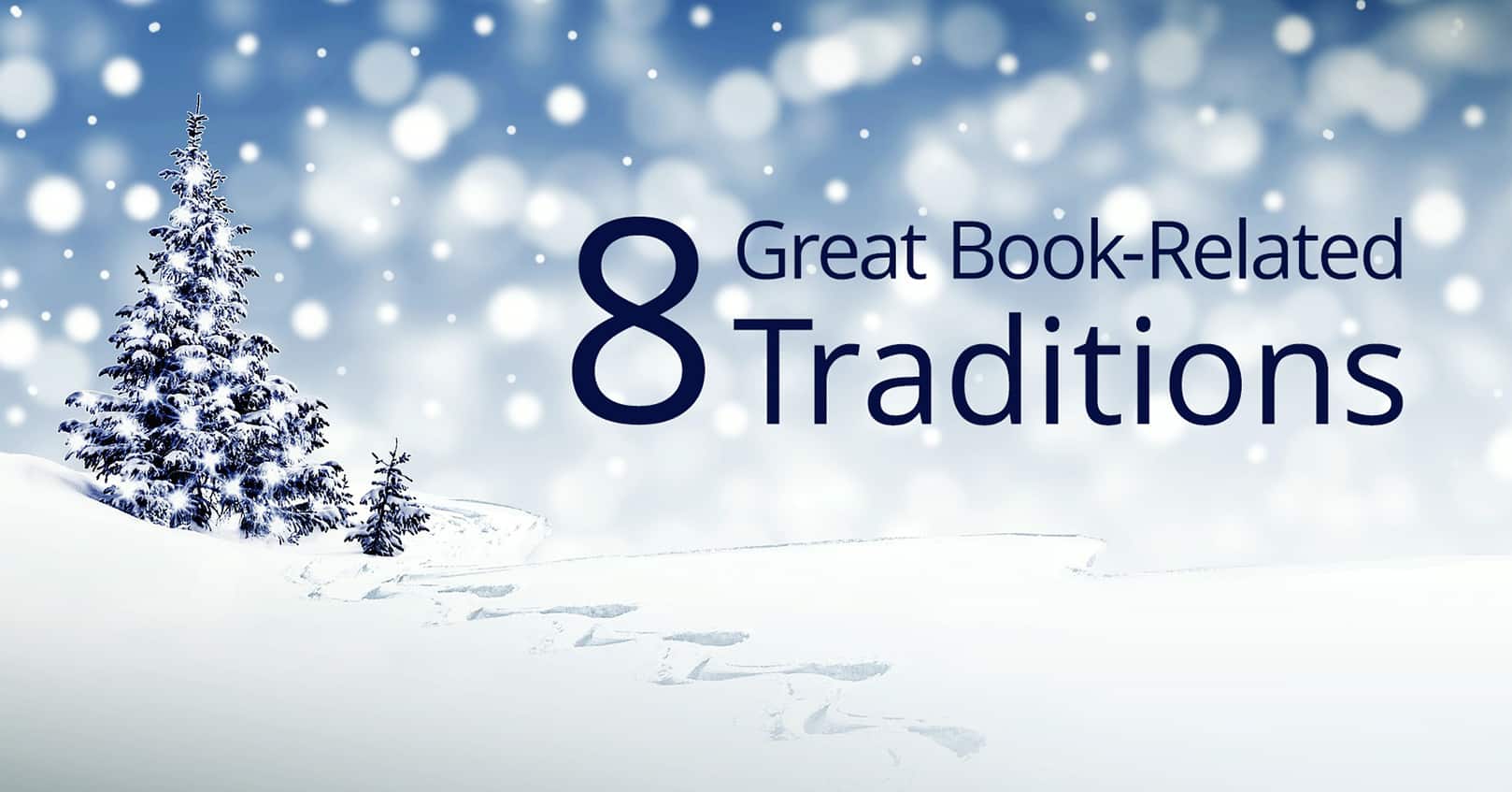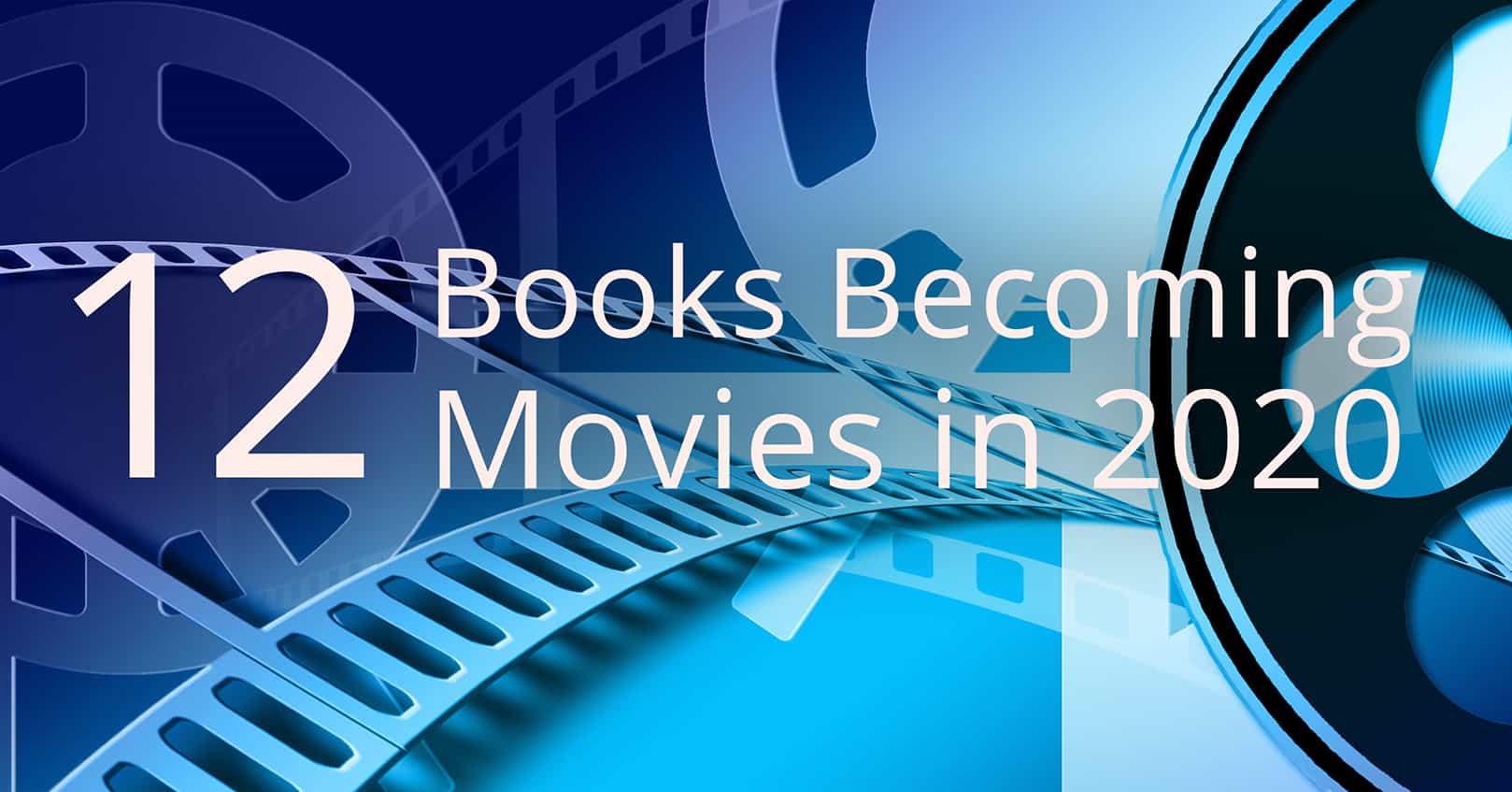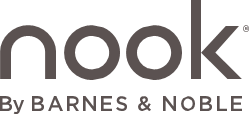
Ever wondered how your reading habits compare to everyone else’s? Whether you’re the type to burn through a book a week or you’re still halfway through that novel from last summer, statistics reveal some surprising insights into how much people are reading, spending, and enjoying stories today. Let’s take a look at what the “average reader” really looks like—and where you fall on the scale.
How Much Does the Average Person Read?
In the U.S., the average adult reads 12 books per year—but averages can be misleading. The median number (the middle value) is only 4 books per year, meaning half of adults read fewer than that. A small group of voracious readers boosts the average significantly.
Globally, reading habits vary widely:
- India reports the highest reading time, with people averaging over 10 hours per week.
- The U.S. comes in at around 5–6 hours per week.
- Japan averages much lower, with more digital consumption of other media formats.
Age and gender also play a role:
- Women tend to read more books per year than men.
- Younger adults are more likely to read digitally, while older readers tend to prefer print.
How Much Do People Spend on Books?
Not all reading comes with a price tag—libraries, borrowed books, and public domain titles make reading affordable—but for those who buy, the spending patterns are telling.
- The average American spends roughly $100 per year on books.
- Avid readers often spend $300–500 annually, especially those who collect hardcovers or subscribe to book boxes.
- Ebooks and audiobooks can reduce costs, but subscription models (like Kindle Unlimited or Audible) can rack up charges if not used efficiently.
Interestingly, people who read more don’t necessarily spend more—many rely on libraries, swaps, and free online resources.
What Formats Do People Prefer?
Print is still holding its ground, but the gap is closing.
- Print books: 65–70% of all books read
- Ebooks: 20–25%
- Audiobooks: 10–15%, and rising fast—especially among commuters and multitaskers
Preferences tend to align with lifestyle. If you travel often, ebooks and audiobooks might dominate. If you’re a homebody or a collector, paperbacks and hardcovers may fill your shelves.
Genres also influence format:
- Romance and thrillers thrive in digital.
- Memoirs and nonfiction often perform better in print or audio.
How Does Your Country Compare?
A 2022 survey by the World Culture Score Index that ranks time spent reading each week showed some eye-opening data:
| Country | Hours/Week |
|---|---|
| India | 10.7 |
| Thailand | 9.4 |
| China | 8.0 |
| Philippines | 7.6 |
| Egypt | 7.5 |
| U.S. | 5.7 |
| UK | 5.3 |
This isn’t just about access or education—it’s often about culture. In some countries, reading is deeply tied to social value or academic success. In others, leisure time is increasingly absorbed by streaming or gaming.
Where (and When) Do People Read?
Reading isn’t just about what’s on the page—it’s about where and when people find the time to do it. Surveys and reading behavior studies have revealed a lot about readers’ favorite environments and time-of-day habits.
Where People Read Most Often:
Surveys typically allow multiple responses per person, which means the data reflects prevalence rather than exclusive habits. So a person can be counted in more than one category if they regularly read in different settings (and percentage totals won’t add up to 100).
- At home (bedroom or living room): 80%
The vast majority of people read at home, often in bed or curled up on the couch. - While commuting: 20–30%
Audiobooks and ebooks dominate here, especially for those using public transport. - On vacation: 25%
Vacation reading spikes significantly, with people packing novels for relaxation. - At cafés or libraries: 10–15%
Less frequent but favored by students, freelancers, and urban readers.
How Late Do People Stay Up Reading?
- 41% of readers admit to staying up past their bedtime to keep reading.
- Among those, about 25% regularly read past midnight, especially fiction fans.
- Ebook and phone readers are more likely to stay up later due to screen convenience and adjustable lighting.
Funfact: One study found that people reading fiction were significantly more likely to read late into the night compared to nonfiction readers.
What Kind of Reader Are You?
Now that you’ve seen the numbers, where do you fit?
- Fewer than 4 books a year: You’re with about half the population. Maybe reading just isn’t your main hobby, or life is simply too busy.
- 4–11 books a year: You’re close to the average. You enjoy reading, but other interests or responsibilities share the spotlight.
- 12–24 books a year: You’re a dedicated reader. You likely read regularly and make time for it.
- 25–50 books a year: You’re an avid reader—top 10%. You probably always have a book on hand.
- 50–100+ books a year: You’re in elite territory. Reading is a major part of your lifestyle, and you might even keep track of titles and yearly goals.
There Is No Right Number
There’s no “right” number of books to read. What matters is that reading brings joy, learning, or escape. Whether you pick up a single book a year or devour one a week, you’re part of a global reading community that’s as diverse as the stories it consumes.
So—what kind of reader are you? And more importantly, what’s next on your list?
Happy reading.
















I’d never before considered myself “elite” at anything, but I must admit to my reading habits having always been voracious. I come from a family that values reading anything and everything including lots of fiction.
Fortunately my spouse has always indulged my book spending habits with zero complaints and has even learned to sleep with the light on. LOL
Similar to the article’s observations, my physical books now are usually the non-fiction. I mostly stick to digital because I don’t have the health to do an annual purge anymore. I always make careful choices of what to keep (which just grows every year) because I like to re-read some of my books (which I don’t count in my annual reading totals). Digital are easy to store, access, and track by format/location/retailer.
Thank you Shawn from Book Cave, for this interesting look at reading habits here and abroad. I simply must read every day, it’s part of how my brain works.
I love how you describe reading as part of how your brain works—that really resonates! The transition to keeping physical books mainly for non-fiction while going digital for fiction seems like such a practical evolution. And kudos to your spouse for adapting to bedside reading lights—that’s true love right there!